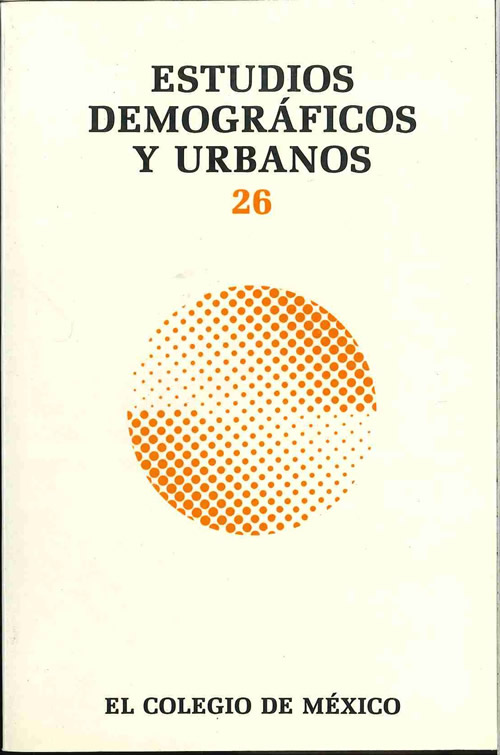Published 1994-05-01
Keywords
- segregación socioespacial,
- Tijuana
How to Cite
-
Abstract1993
-
PDF (español)1443
Downloads
Copyright (c) 1994 Estudios Demográficos y Urbanos

This work is licensed under a Creative Commons Attribution-NonCommercial-NoDerivatives 4.0 International License.
Metrics
Abstract
This work seeks to find social similarities within residential zones and differences between them. The study's main goal is to prove the existence of a statistic relation between spatial segregation, on the one hand, and income and knowledge, on the other.
The paper discusses the nature of socio-geographic segregation based on the concept of distinction-differentiation (developed by P. Bordieu). It also undertakes the relation between social segregation in urban areas and income (the most usual indicator) as well as knowledge (according to N. Thrift's intepretation).
The main proposal is that social differentiation takes place in the dispute over urban resources among city dwellers. This dispute (wether conflictive or not) occurs through two complimentary social mechanisms, the market and institutions. Residents will have more or less advantages in both these social means accor- dind to their capacity to pay and their knowledge. This ability declines with income, going down the social pyramid. Since many urban resources are immobile, the dispute over them integrates the geographical aspect in terms of proximity-distance. This social differentiation materializes as spatial segregation. The data used come from the 1990 population census to a scale of AGEB.


